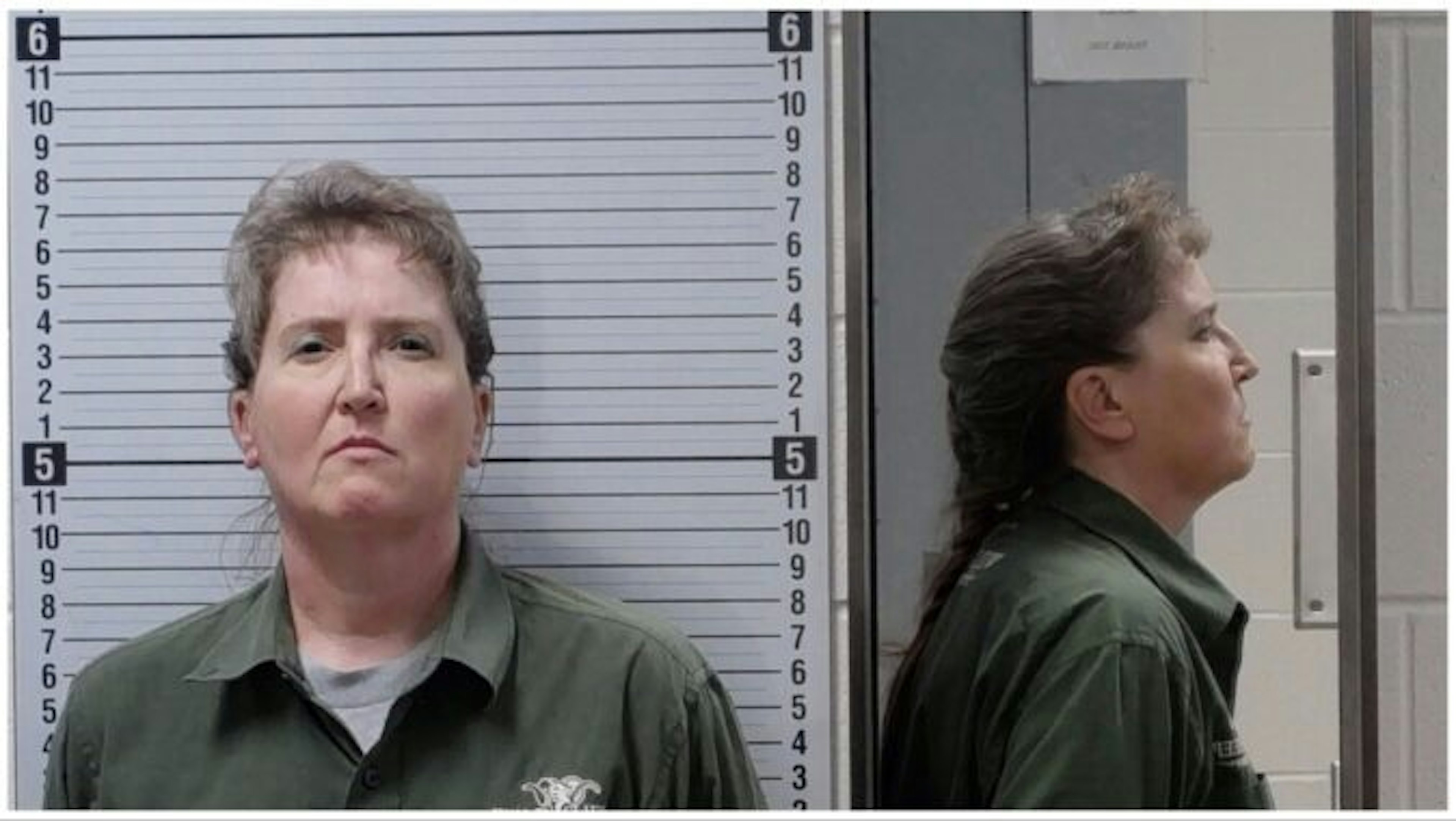
Northern California recently faced a significant Labor Day Heatwave, with residents and travelers alike contending with scorching triple-digit temperatures. The intense heat, peaking on Labor Day Monday, stemmed from a persistent area of high pressure across the region. The National Weather Service issued heat advisories, warning of potential health risks and urging precautions. The following article details the impacts of this heatwave and the anticipated relief.
Widespread Impact of Extreme Temperatures
The heatwave cast a wide net across Northern California. Central Valley cities like Sacramento, Stockton, Modesto, and Yuba City experienced temperatures soaring into the low hundreds. The foothills and Sierra Nevada weren’t spared, with highs reaching the upper 90s and low 80s, respectively. Even coastal areas felt the heat, experiencing warmer-than-normal conditions. According to KCRA meteorologist Kelly Kurrin, Labor Day Monday was an “impact day” due to the extreme temperatures, highlighting the severity of the situation.
Atmospheric Conditions Contributing to the Heat
The prolonged heat event was attributed to an area of high pressure building up as far north as Idaho, effectively trapping the summer heat over the region. This atmospheric setup created a dome of warm air, preventing cooler air masses from moving in and providing relief. An atmospheric pattern known as an Omega block over the northern Pacific Ocean further contributed to the stable and hot weather conditions, exacerbating the effects of the high-pressure system.
Health and Environmental Concerns
Heat Illness Risks
The high temperatures posed a considerable risk of heat illness, particularly for individuals sensitive to heat and those engaged in outdoor activities. Symptoms of heat illness can range from mild heat cramps to more severe heat exhaustion and heatstroke, which can be life-threatening. Public health officials urged residents to stay hydrated, seek shade, and avoid strenuous activities during the hottest parts of the day.
Air Quality Degradation
Beyond the immediate health concerns, the heatwave exacerbated air quality issues across the state. Wildfire smoke, notably from fires like the Garnet fire in Fresno County, combined with ozone, led to hazy skies and reduced air quality. Some areas experienced conditions unhealthy for sensitive groups, such as children, the elderly, and individuals with respiratory conditions. Residents were advised to limit outdoor activities and keep windows closed to minimize exposure to pollutants. The US Forest Service actively combatted lightning-sparked fires and advised caution regarding campfires and dragging vehicle parts.
Increased Electrical Demand and Water Safety
The California Independent Systems Operator (CAISO) anticipated increased electrical demand during the heatwave, leading to calls for energy conservation to prevent potential blackouts. Residents were encouraged to reduce their electricity consumption by adjusting thermostats, using appliances during off-peak hours, and turning off unnecessary lights. The hot weather also drove many people to waterways for relief, but cold river temperatures posed dangerous conditions for swimmers. Warnings were issued about the risk of muscle control loss due to the cold water, emphasizing the importance of wearing life vests.
Anticipated Relief and Long-Term Implications
Relief from the extreme heat is on the horizon. Temperatures are expected to gradually decrease, with a more significant cool-down bringing highs into the low 90s by the end of the week. Some areas could even see temperatures drop into the 80s by the following weekend. While this cool-down offers respite from the immediate heat, the Labor Day heatwave serves as a stark reminder of the challenges posed by extreme heat in Northern California and the importance of preparedness and mitigation strategies.
Looking Ahead: Extreme Heat Preparedness
The Labor Day 2024 heatwave underscores the increasing frequency and intensity of extreme heat events, a trend linked to climate change. As Northern California continues to experience warmer temperatures, proactive measures are crucial to protect public health and safety. This includes enhancing heat alert systems, expanding cooling center networks, promoting water conservation, and investing in infrastructure that can withstand extreme weather conditions. Individual preparedness is also essential, with residents encouraged to develop heat safety plans, stay informed about weather forecasts, and take steps to protect themselves and their families from the dangers of extreme heat. By prioritizing preparedness and resilience, Northern California can better navigate the challenges of a warming climate and mitigate the impacts of future heatwaves.
The recent Labor Day Heatwave in Northern California brought significant challenges, from health risks and air quality concerns to increased electrical demand. While relief is anticipated, the event highlights the ongoing need for preparedness and mitigation strategies to address the impacts of extreme heat in the region.

